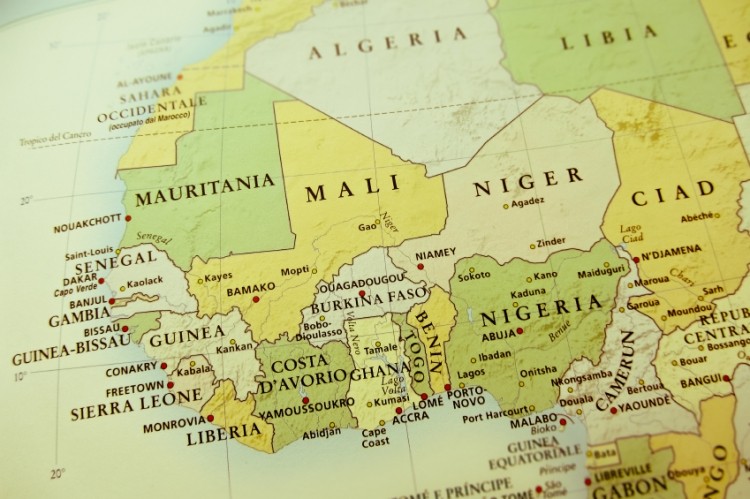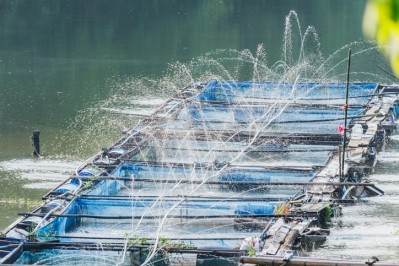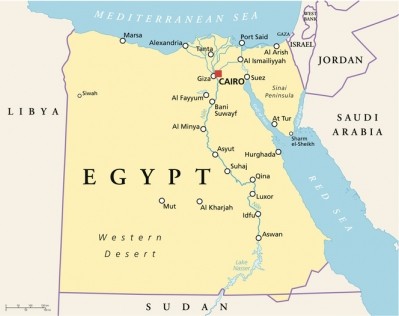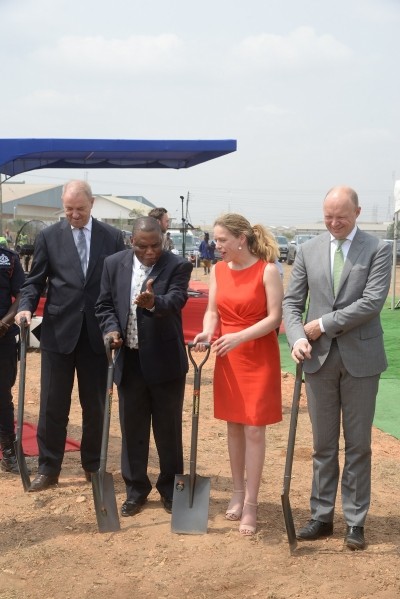‘There is a fantastic entrepreneurial spirit in Africa’, says Nutreco as it expands capacity at Nigerian fish feed plant

Rob Kiers, managing director, Nutreco Africa, said, despite the evident challenges, the continent is firmly on the company’s investment radar in terms of aquaculture opportunities given the exploding population demographics, access to waters and local feed raw materials.
However, together with its fisheries agenda, it is also exploring opportunities in the poultry and dairy sectors of East and South Africa.
The Dutch group produces around 15,000 mt of poultry concentrates in its Egyptian facility and a limited quantity of those poultry orientated inputs at the Nigérian plant. It also exports feed to 35 countries in Africa.
Nutreco is taking a “stepping stone” approach in terms of extending its reach on that continent:
“We typically start small, we go with the market and we initiate joint production operations with strong local businesses when we sense an opportunity, then we can scale up to joint venture or even acquisition level as was the case with our role in Egypt’s Hendrix Misr," said Kiers.
Nutreco undertook a study of the Ghana poultry sector back in 2013 with a view to investment but determined, at that stage, Nigeria’s aquaculture set up offered the greater potential. But the company continues to keep an eye on markets like Ghana, said Kiers.
Expansion in Nigeria
He said the new floating feed production line at Skretting Nigeria, the JV Nutreco has run on a 60/40 basis since June 2014 with fish feed supplier and distributor, Durante, should see annual sales volume double to around 10,000 tons by the end of this year.
Skretting Nigeria currently has around a 15% share of the high quality extruded fish feed market in that West African country, where aquaculture production in growing by 5 to 10% per year.
Fish feed production there is said to total around 200,000 tons annually, mostly for catfish. And while the market for tilapia is expanding in Nigeria, it is doing so at quite a slow rate, said Kiers.
However, the Nigerian aqua feed market is set to grow further when fish farmers relying on the traditional ways of feeding their stocks convert to a more professional set up.
The Nigerian expansion follows the announcement last month that Nutreco had entered into a tilapia feed partnership with African Century Foods (ACF) in Zambia. November 2015 also saw the Dutch group bring in an extra line at its tilapia production facility in Egypt.
Sustainability
Commenting back in 2014, Gerard Rijk, an analyst at SNS Securities, said Nutreco's JV with Durante in Nigeria was "misjudged" and it would not generate massive profits on the perception that catfish feed was typically not an expensive one.
But Kiers said, on the contrary, for good rates and an FCR of below 1.0, catfish feed needs to be of high quality with such metrics informing feed innovation at Skretting Nigeria. Moreover, the market for quality catfish feed in Nigeria is there, he added.
Rijk also pointed to significant barriers to aquaculture market expansion in Nigeria from a lack of infrastructure to security risks to major concerns over water pollution, which he estimated would limit any fish feed export potential beyond Africa.
But Kiers said the joint venture is placing a huge emphasis on improving the ecological profile of catfish farming in the region through multiple measures including the introduction of the floating feed type and the running of seminars for farmers on sustainable farm management.
“Extruded floating feed results in less pollution compared to pelleted, sinking feed so it is a more sustainable model long term,” added Kiers.
In terms of security risks in Nigeria related to the militant Islamic group, Boko Haram, he said: “The situation is manageable. There are certainly problems in Nigeria but there are also multiple opportunities. There is a fantastic entrepreneurial spirit in Africa and we want to support that."
Population growth projections also underpin Nutreco’s strategy in Nigeria and other countries in Africa.
Indeed, the UN’s latest population report predicted that, by 2050, Nigeria’s population will be over 300m and will surpass that of the US.
“Fish farming is one of the most efficient ways of providing protein and meeting the food demands of a rapidly growing population,” said Kiers.








